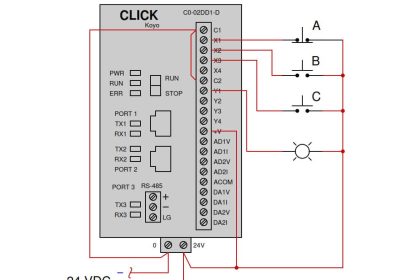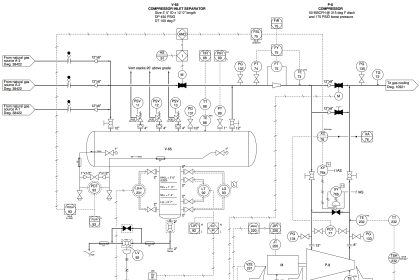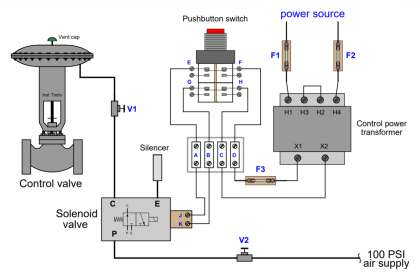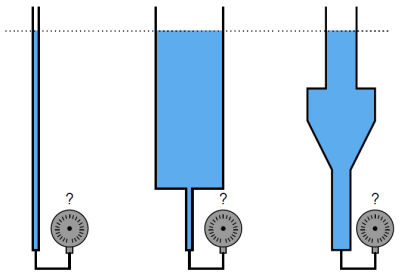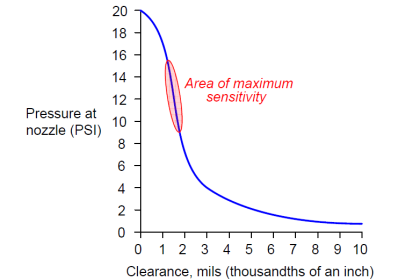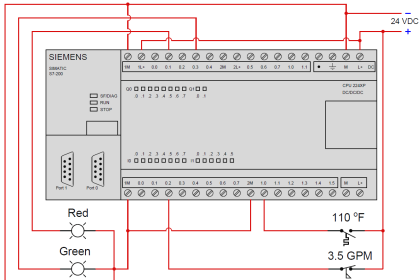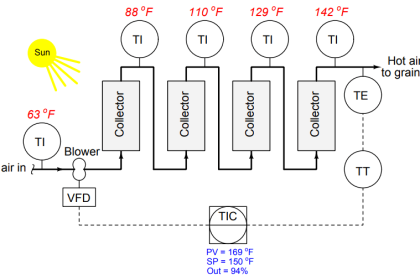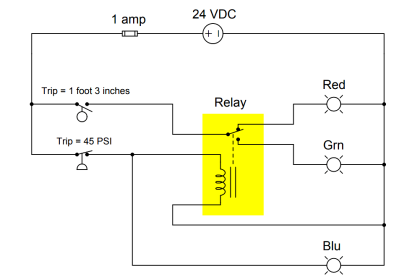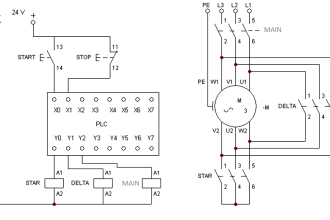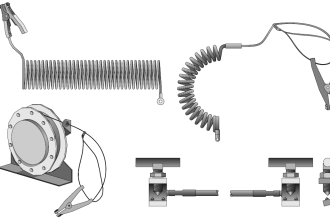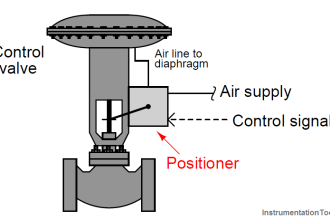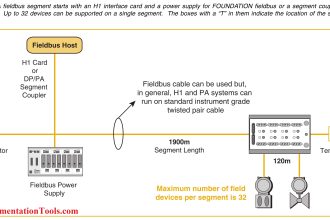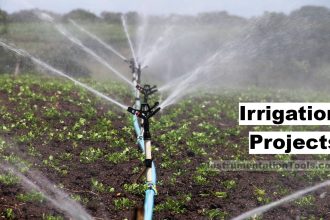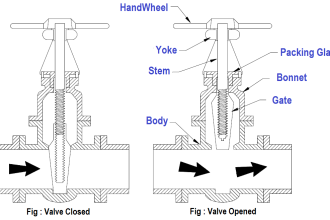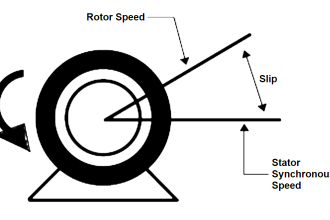Pressure Switch Questions
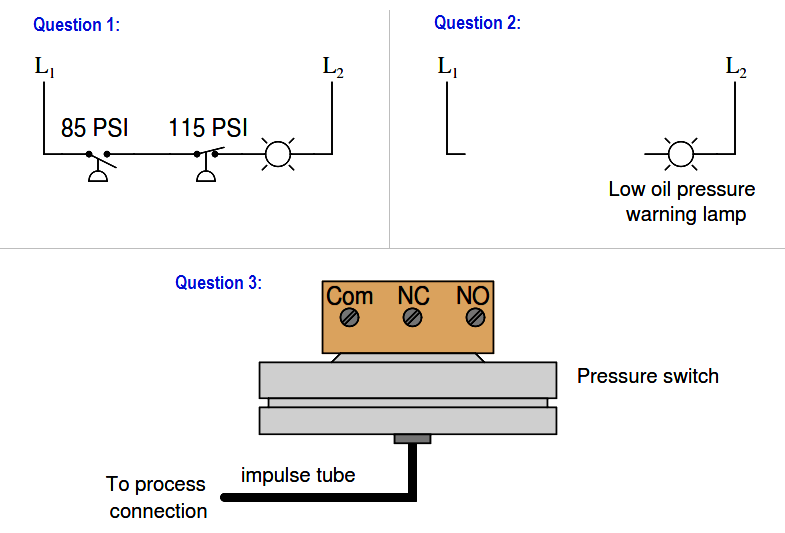
Question 1:
Two pressure switches are plumbed together so as to receive the exact same pressure at all times, and they both sense the pressure of compressed air in a pneumatic system.
Based on the wiring diagram for these switches, identify the function of the lamp:
Answer:
The lamp’s illumination signifies a condition where the compressed air pressure is somewhere between 85 and 115 PSI.
The lamp will turn off if the pressure drops below 85 PSI or if the pressure rises above 115 PSI.
Question 2:
Draw the appropriate pressure switch symbol in this ladder-logic diagram for a low-pressure alarm which turns on a lamp if the oil pressure of an industrial machine ever drops below 10 PSI:
Be sure to specify whether the pressure switch needs to be normally-open (NC) or normally-closed (NC).
Answer:
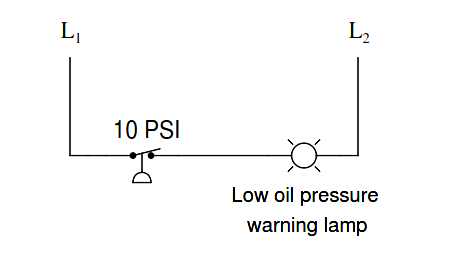
As the diagram shows, this needs to be a normally-closed switch.
Question 3:
This illustration shows a diaphragm-operated pressure switch. The “impulse tube” is the tube connecting process fluid pressure to the switch:
Show how a voltage source and lamp would be connected to this switch to form a high-pressure alarm, turning the lamp on if the process pressure ever exceeds a certain set value.
Answer:
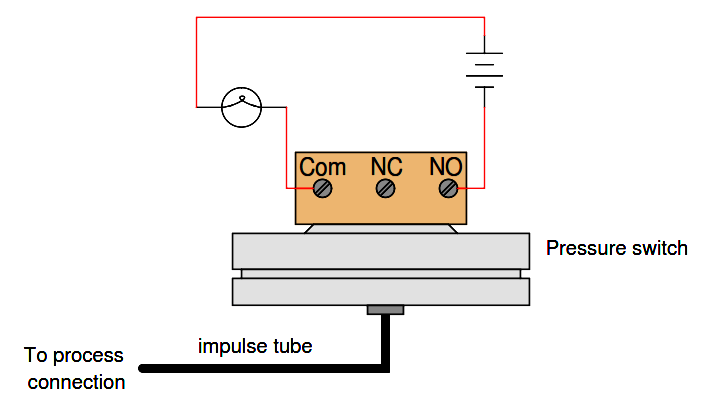
Read Next:
- Pneumatic Instruments
- PLC Alarm Acknowledge
- Force-balance System
- Flow Compensation
- Pressure Repeater Principle
Credits: Tony R. Kuphaldt
